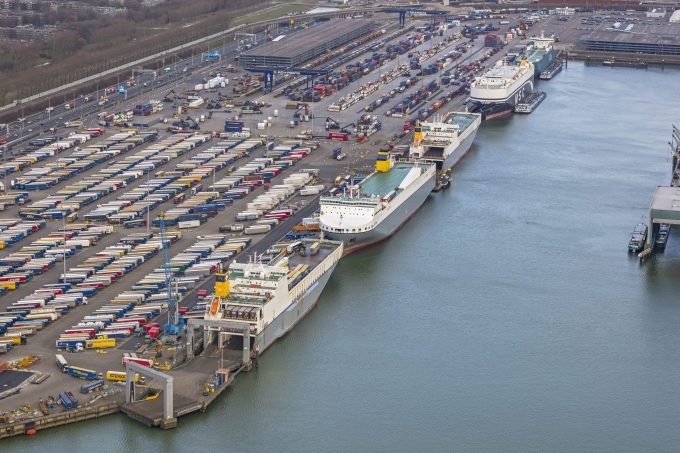Ferry operators ramp up capacity ahead of 2022 customs changes
DFDS has made an agreement with fellow ferry operator CldN to ramp-up channel ferry capacity ...

News that Luxembourg-based ferry operator CLdN is launching a ro-ro service between Rotterdam and Teesport this week is a boost for unaccompanied freight.
CLdN has also added a further three sailings from Zeebrugge to Purfleet in Essex.
Since the Brexit and pandemic shockwaves hit the freight market, labour shortages have become more acute, with truck drivers, in particular, unwilling to cross borders or drive long distances, when local deliveries can be made with trailers relayed to destinations in the UK, EU and ...
Trump tariffs see hundreds of cancelled container bookings a day from Asia
'Disastrous' DSV-Schenker merger would 'disrupt European haulage market'
'To ship or not to ship', the question for US importers amid tariff uncertainty
'Chaos after chaos' coming from de minimis changes and more tariffs
List of blanked transpac sailings grows as trade war heats up and demand cools
EC approves DSV takeover of DB Schenker
Shippers in Asia restart ocean shipment bookings – but not from China
Forto 'sharpens commercial priorities' as it lays off one-third of staff
India withdraws access for Bangladesh transhipments, in 'very harmful' decision
'Tariff hell' leaves industries in limbo – 'not a great environment to plan'
IndiGo fleet expansion plan will include a major push to boost cargo volumes
Pre-tariff rush of goods from US to China sees air rates soar, but not for long

Comment on this article